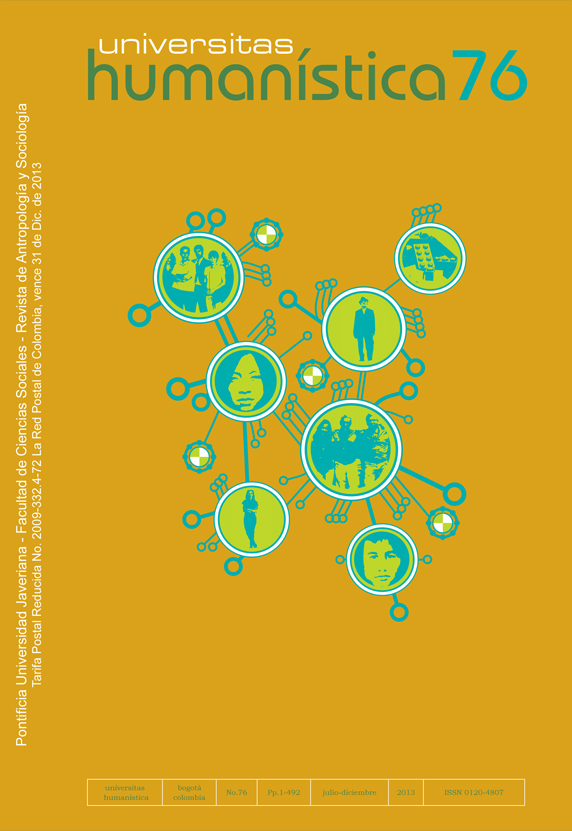Abstract
The construction of the modern (western) world is associated with a parade of new objects and new subjects, noted by historians, especially from the so-called first Industrial Revolution. Drawing on elements of a specific episode from the beginning of the XXth century, this work focuses on the emergence of new techno-scientific subjects and objects, or more precisely, sociotechnical. From January 5th, 2004, the U.S. began to collect fingerprints from anyone who presented himself/herself at its borders to enter the country. In response, at the same time, Brazil began to collect the fingerprints of the bearers of passports issued in the U.S. to try to enter Brazil. The Brazilian reaction sparked controversy in Brazil and the USA, as well as comments on other countries. The sequence of the discussions was branded as “the war of the fingerprints” by the Brazilian press. This brief study of the war of fingerprints highlights some relationships between bodies, hierarchies of identities and sociotechnical configurations among the ICT (information and communication technologies). The treatment of these issues, involving time, rights and precision, suggests the formation of a new body to light identification (and elimination) of the body terrorist.
This journal provides immediate open access to its content on the principle that making research freely available to the public, encourages greater global exchange of knowledge.
The journal Universitas Humanística is registered under a Creative Commons Attribution 4.0 International Public License. Thus, this work may be reproduced, distributed, and publicly shared in digital format, as long as the names of the authors and Pontificia Universidad Javeriana are acknowledged. Others are allowed to quote, adapt, transform, auto-archive, republish, and create based on this material, for any purpose (even commercial ones), provided the authorship is duly acknowledged, a link to the original work is provided, and it is specified if changes have been made. Pontificia Universidad Javeriana does not hold the rights of published works and the authors are solely responsible for the contents of their works; they keep the moral, intellectual, privacy, and publicity rights.
Approving the intervention of the work (review, copy-editing, translation, layout) and the following outreach, are granted through an use license and not through an assignment of rights. This means the journal and Pontificia Universidad Javeriana cannot be held responsible for any ethical malpractice by the authors. As a consequence of the protection granted by the use license, the journal is not required to publish recantations or modify information already published, unless the errata stems from the editorial management process. Publishing contents in this journal does not generate royalties for contributors.


